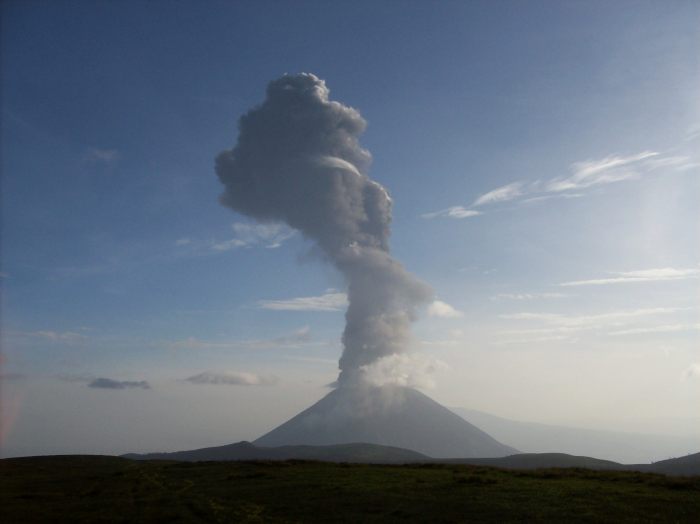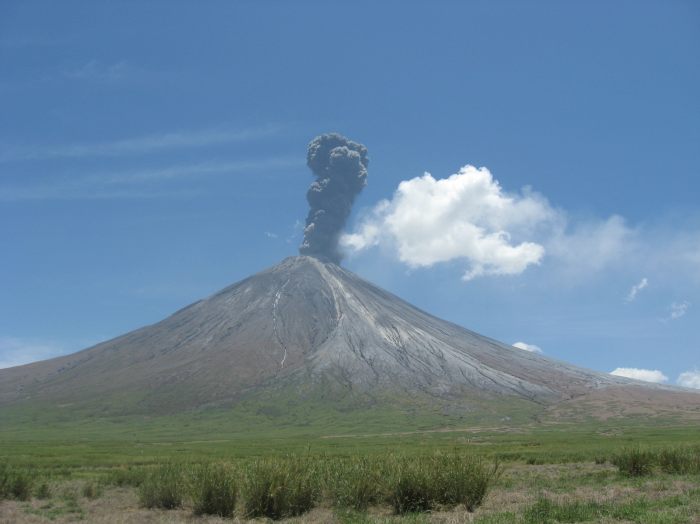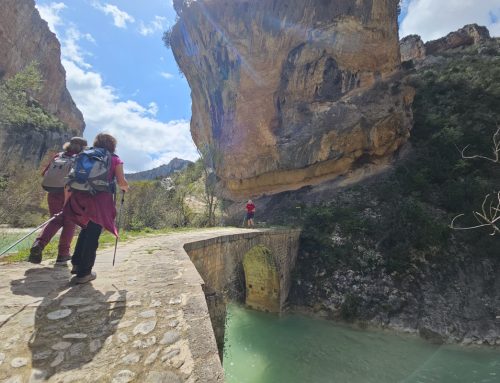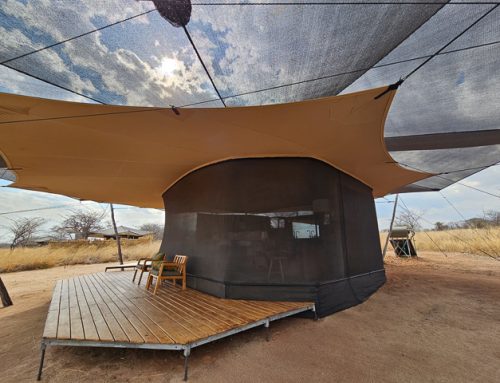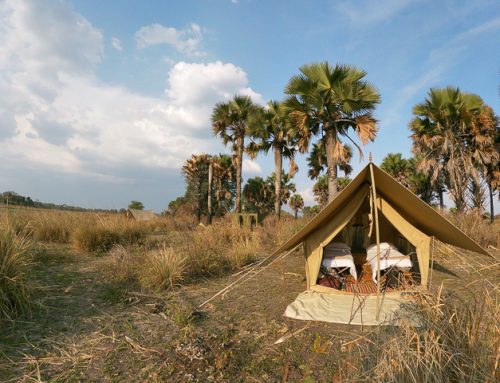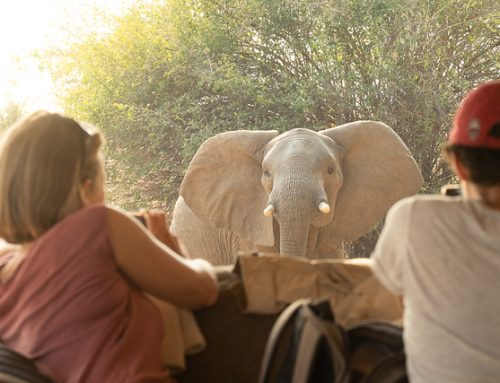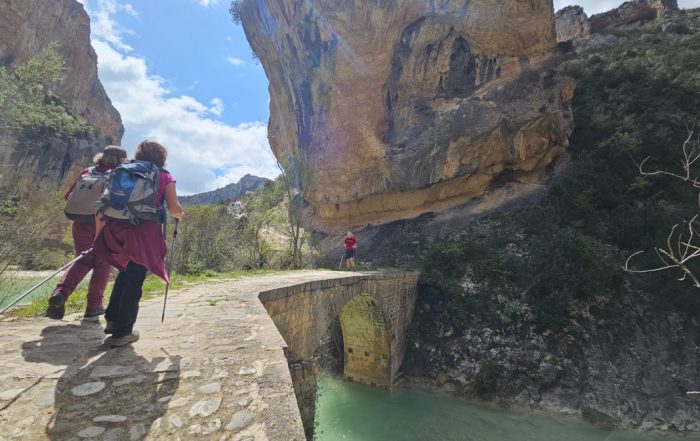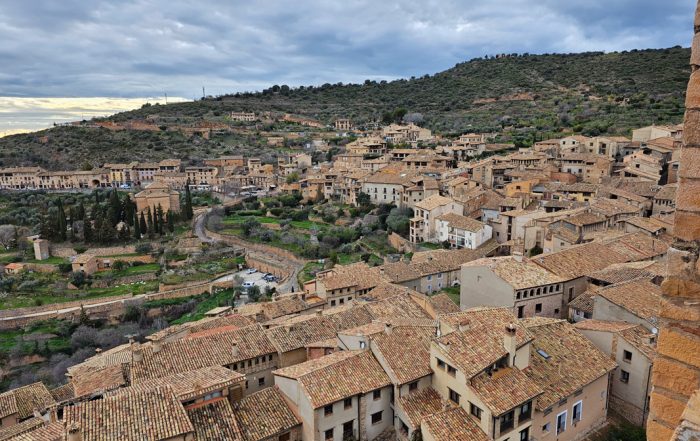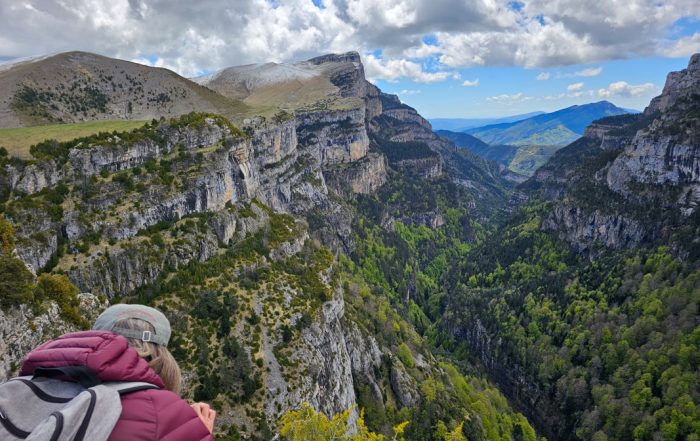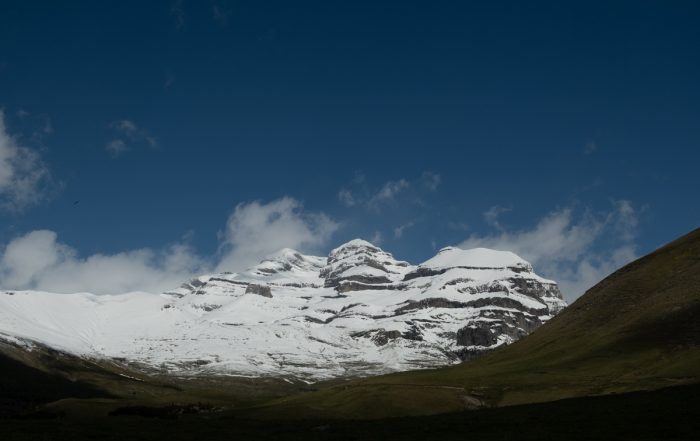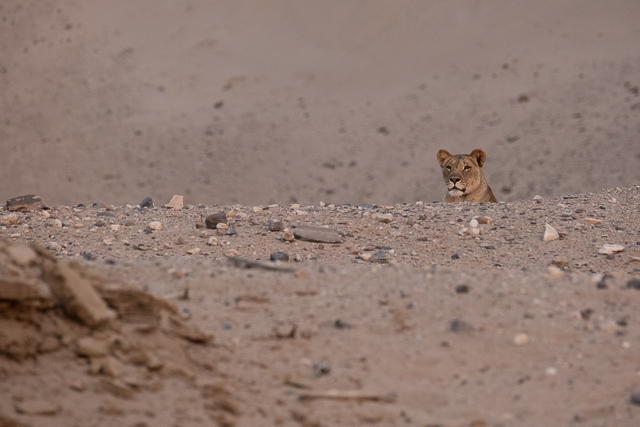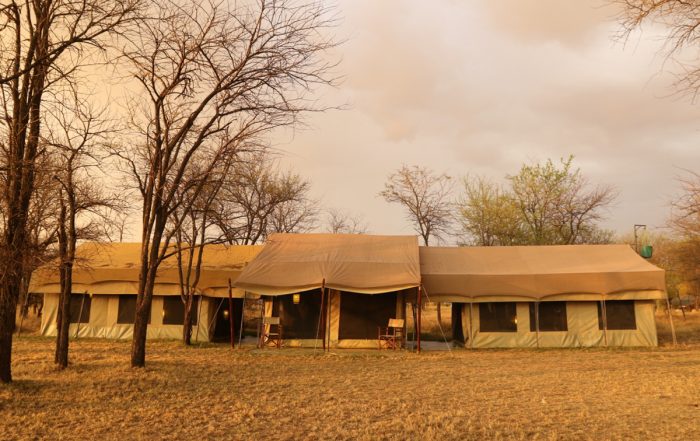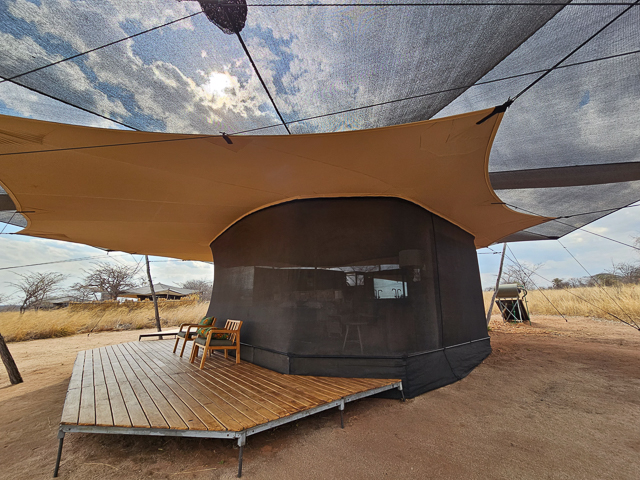A few weeks ago I left for Ngorongoro Crater with my family, my sister and her three boys. We spent the morning enjoying the wildlife and scenery in the Crater, and then met up with my sister-in-law and her two boys and continued northwards to another lesser-known caldera on the edge of the Great Rift Valley – “Empakaai”.
As we approached Empakaai we noticed fine ash everywhere – on the track, on the leaves and in the air. We could also detect a faint smell of suphur. It could only mean one thing – The sacred mountain of the Maasai tribe, Ol Donyo Lengai, must be erupting.
The view down into Empakaai is stunning. The edges of the caldera are blanketed in thick montane forest (now covered in a fine dusting of grey ash), and the bottom is dominated by a glissening crater lake ringed by the pink and white dots of lesser flamingos.
We found a suitable campsite in the shade of some hagenia (Hagenia abyssinica) trees on the crater rim. We set up camp – a few “pup” tents and a grill over a campfire, and prepared dinner. We then heard an ominous rumble from Lengai and all rushed to a window in the leafy cover where we could see the volcano in the distance. There was a huge dark plume of ash rising high into the sky from the summit. While it made us nervous to be camped there, it was very exciting. After nightfall, when we heard the rumbles, we could see flashes of lightning cracking within the ash cloud.
The following day we all hiked down into Empakaai Crater. The trail was steep and muddy, so I could be excused for slipping and sliding a few times! The little kids ran down! The forest was dense and beautiful, and just before we arrived at the clearing surrounding the lake, we passed some enormous aged fig trees with aerial roots dangling down resembling the matted beards of old wizards (Have you ever seen an elderly wizard? If so, then you’ll know what I mean). We walked along the edge of the lake, watching the flamingos feed and tracking a leopard who was following baboons, and who most likely vanished into the forest. I was excited to see lots of Maccoa ducks out in the lake. There is quite a bit of concern in Tanzania about their numbers and it is not often that we see them. We enjoyed a picnic lunch where frogs and other treasures were discovered before climbing back up the rim. My brother Damian’s little 5 year old boy Jasper insisted on walking the whole way, lightheartedly chatting about his “owie” (the pain) in his legs as he hiked. He really wanted to join us the next day on our hike to Lake Natron, and I must say whatever reservations I might have had earlier disappeared that afternoon.
The next morning we left the Land-Rovers and set off on foot with ou
As we climbed following the rim of the caldera, with stunning views of Empakaai to our left, our immediate vicinity made me think of a black & white film (movie), as everything along the trail was dusted with various shades of ashy grey. A male bushbuck leaped across the road in front of us, forced onto the trail looking for vegetation free from ash.
It was already baking hot at 10am, and we rested in the shade of a tired hagenia at the highest point, drinking water and munching dates and other trail snacks. The blanketed and dying vegetation reminded me of Narnia’s winter. Where was the witch? Ahead we could see through the dusty haze across the Great Rift Valley where the view encompassed the extinct volcanoes (Kerimasi, Kitumbeini and Gelai) and of course the belching and dominating Ol Donyo Lengai.
Walks with young kids are interesting as in their view it takes ages, and they have to amuse themselves along the way. This proved no problem when we paused for lunch, and they found that wherever they frolicked they dusted off the top layer of ash and left a trail of bright yellow footprints as grass starved of light was given a short-lived reprieve from its fate.
We walked into the small Maasai village of Nayobi after hiking for five hours. Everything was covered in fine volcanic ash, more than half the homesteads were empty, and only small herds of livestock remained. Apparently the animals lose their hair when they eat the ash! I am sure they lose condition from the poor grazing, but the ash is slightly caustic, and a build up could do more damage. The mountain had been in a slu
In the morning I found some of the Maasai elders and tried to 
We walked about 4 hours today, to a campsite in a grove of struggling yellow-barked acacia trees (Senegalia xanthophloea), and protected from the volcano 

I slept better this night, as I had become accustomed to the eruptions and the subsequent ashy hailstorms.
Our last day can only be described as surreal. It was like living a dre

We arrived at the waiting Land-Rovers around noon, and drove to a gushing fresh muddy stream where we splashed and rolled, cooled our feet, and the kids screamed as they were whooshed with the current in what must have been like the rushy ride of a waterslide.
For most of us this was undoubtedly one of those rare adventures full 
Justin



